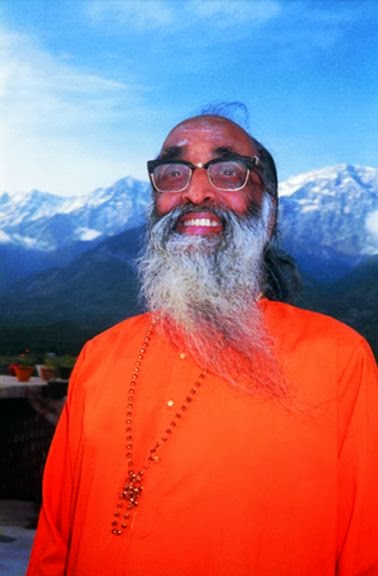Vedantasara :4.

II. SUPERIMPOSITION: 31. Such a Guru through his infinite grace instructs the pupil by the method of de-superimposition (Apavada) of the superimpositions (Adhyaropa) – as in such Sruti passages: “To that pupil who has approached him with due courtesy, whose mind has become perfectly calm, and who has control over his senses, the wise teacher should truly impart that Knowledge of Brahman through which he knows the Being, imperishable and real" (Mund. Up. I-2-13). 32. Adhyaropa is the superimposition of the unreal on the real, like the false perception of a snake in a rope which is not a snake. 33. Reality is Brahman which is without a second and is Existence, Consciousness, and Bliss. Unreality is Nescience and all other material objects. 34. However, ignorance is described as something positive though intangible, which cannot be described either as being or non-being, which is made of three qualities and is antagonistic to Knowledge. Its existence is est...




